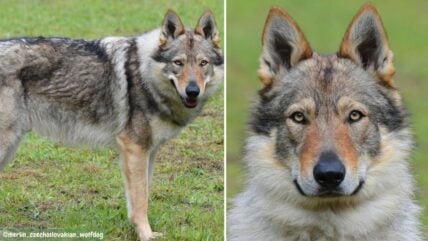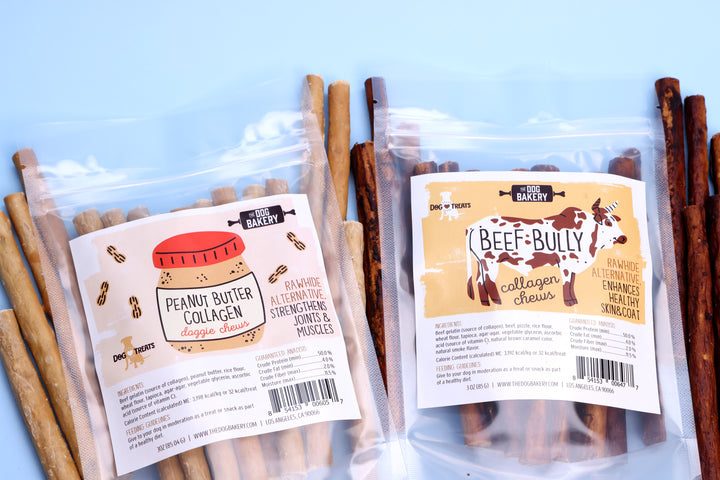The Korean Jindo Dog is a National Treasure With Thousands of Years of History—But You Might Never Meet One
Meeting a Korean Jindo at a dog shelter is a once-in-a-lifetime experience, since this dog breed is extremely rare in the United States. As of January 2021, only 35 Korean Jindo dogs in the United States were registered with the American Kennel Club, and few Americans encounter this breed unless traveling to South Korea.
The Korean Jindo is called a “Jindo-kae” or “Jindo-kyon” in South Korea, where the breed is designated as the nation’s official 53rd Natural Treasure. As of 2008, the Korean Jindo is a member of the American Kennel Club’s Foundation Stock Service, and the breed has slowly become more known in the United States though it remains uncommon. As of this writing, only 4 Korean Jindo dog breeders in the US are members of the Korean Jindo Dog Association of America and registered with the American Kennel Club.

Unless you have a trip to South Korea planned soon, you might have to wait a while to meet a Korean Jindo in real life. Luckily, you can still get to know the history of the Korean Jindo, explore this ancient breed’s traits, and meet a few Korean Jindos on social media. Let’s dive into the details of this South Korean national treasure.
Meet 5 Korean Jindos From Instagram
According to Korean organizations setting the standards for Korean Jindo dogs, either five or six coat colors are accepted: red/fawn, white, black and tan, gray, brindle, and sometimes solid black. Let’s look at a handful of pictures of Korean Jindo dogs so you can learn what to look for to identify this breed.
1. Guiyomie
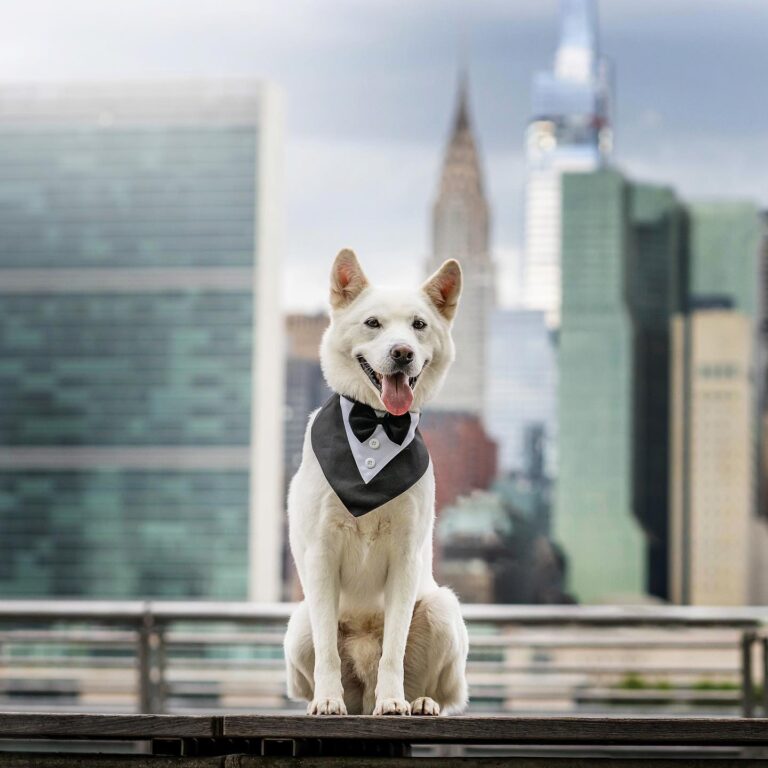
Guiyomi—AKA Gooey—is a solid white Korean Jindo dog living in New York. A rescue from South Korea, Guiyomi joined his forever family in the US in 2022.
2. Brie & Yula
Brie (left) and Yula (right) are two Korean Jindo mixes living in the Bay Area in California. Adventurous dogs who love to explore the great outdoors, Brie and Yula enjoy camping, hiking, playing at the beach, and even going to cafes with their humans.
3. Jin
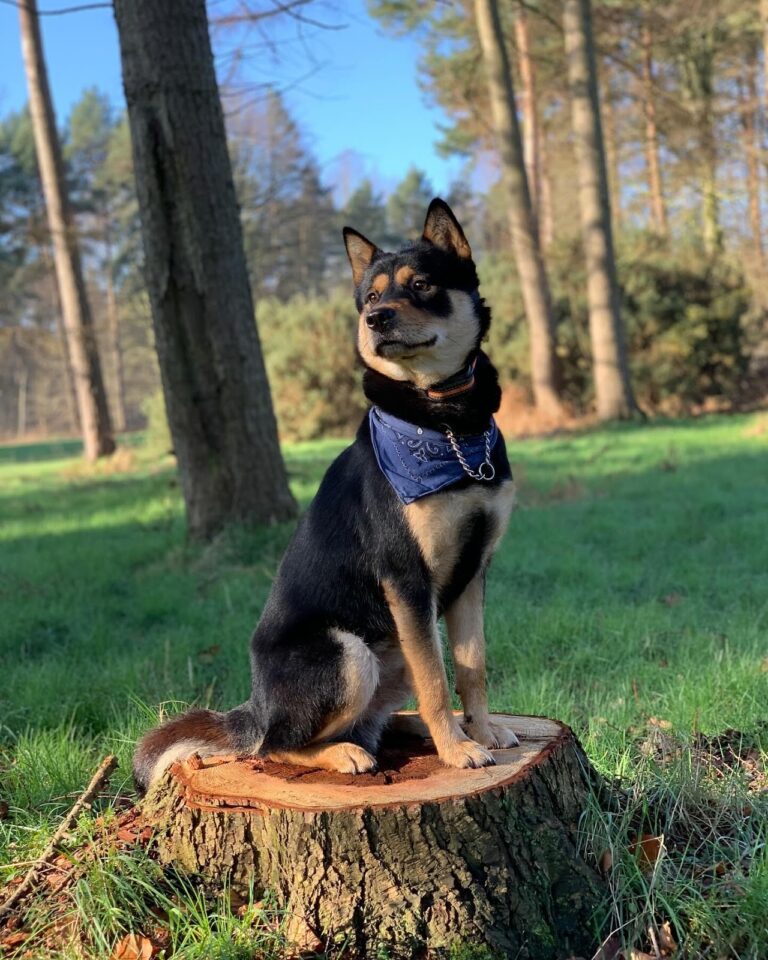
Jin is a gorgeous tan and black Korean Jindo dog living in England. A playful boy who loves playing fetch and going for long walks, Jin adores his humans above all else.
4. Teddy
After Teddy was rescued from the meat trade and made his trip from Korea to the UK, he was very nervous. Teddy didn’t know who he could trust, and warming up to his new family took some time. Today, Teddy is much more confident and comfortable and is living a cozy life with his loving humans.
5. Prince
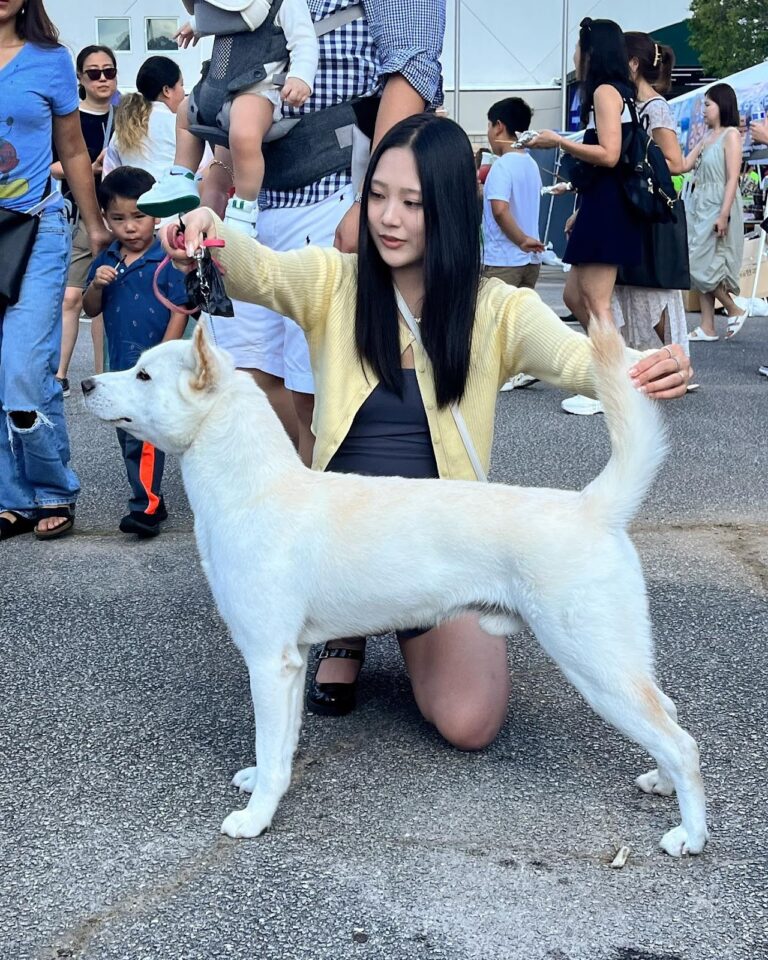
Prince is an award-winning purebred Korean Jindo and the very first of the breed to be handled by a junior handler in an AKC show, and the first Jindo to earn “Best In Show” on the East Coast. What a gorgeous example of this fascinating and ancient breed!
The Korean Jindo Is An Ancient Breed
The Korean Jindo is an ancient Korean dog breed that has thousands of years of history. The breed originates on the island of Jindo on the southwest coast of South Korea where, in isolation, the breed naturally developed and standardized itself. Korean Jindos lived with their humans but were independent hunters, guardians, and companions who often lived life outdoors. Trained to hunt wild game, Jindos became proficient hunters of small and large animals including rabbits, birds, wild boar, and deer.
The Jindo is believed to be a Spitz-type breed and may have resulted from centuries of crossbreeding of Indigenous Korean dogs and Spitz type dogs brought to South Korea by immigrants and invaders. Given the title of Republic of Korea Preservation of Cultural Assets Act No. 53 in 1962—or simply Natural Treasure No. 53—the Korean Jindo was formally recognized by the United Kennel Club in 1998, the Fédération Cynologique Internationale in 2005, and the American Kennel Club in 2008.
Korean Jindo Dog Temperament
The Korean Jindo is an intelligent and independent dog breed with strong instincts and a high prey drive. Immensely loyal to their owners, Korean Jindos often bond with only one or a few family members and are notoriously suspicious of strangers.
Korean Jindos love to be clean and are known to maintain their own coats and cleanliness with dedication. Similarly, most Jindos are calm, well-behaved in the home, and not prone to accidents. The breed has medium exercise needs and while they benefit from regular mental stimulation, they won’t go stir crazy without constant entertainment. Most Jindos are house-trained with little to no difficulty and are reliable when left alone. Relatively easy to train, Korean Jindos will listen diligently to their owners but may prefer to act alone, follow their own schedule, and go where they please.
“Jindos are renown [sic] for their ability to escape and so the concept of a territorial dog that wanders might sound contradictory, but that’s not so in the Jindo’s mind. Your Jindo is not “roaming” in its mind. It is conquering new frontiers and enlarging its kingdom,” says the Korean Jindo Dog Association of America. “Owning a Jindo can lead to certain inconveniences. For instance, abruptly assigning a new house sitter while you go on vacation might not go well with the Jindo. (How is the dog to know if the sitter is an intruder or not?) Kenneling a Jindo in an unfamiliar boarding kennel/location can unduly stress the dog. Planning ahead, socializing the dog in various kennel settings, and introducing the dog to a new sitter goes a long ways [sic] in smoothing out these potential problems.”
Watchful and alert, Korean Jindos have a strong dignified personality that makes them wonderful family guardians. Not fond of other dogs or animals, Jindos are recommended as only dogs, and should especially not live with small animals or cats. In particular, Korean Jindos display same-sex aggression, meaning that male Jindos dislike other male dogs, and female Jindos dislike other females. Jindos that have been spayed or neutered may be less prone to same-sex aggression, but this is not guaranteed.

Korean Jindo Dog Size
A medium-sized dog, Korean Jindos stands 17–22 inches tall and weighs 30–50 pounds.
Korean Jindo Dog Health
The Korean Jindo has not yet been systematically evaluated for health, so there is little data showing trends for certain health conditions or health issues. Very few health problems have been documented in this breed, though experts suggest cases of hypothyroidism and discoid lupus could impact the breed.
Where To Find Korean Jindo Puppies
If you want to purchase a Korean Jindo from a breeder, start your search with the Korean Jindo Dog Association of America’s list of approved breeders in America. If your heart is set on getting a Jindo from a breeder, you’ll need to be patient, since there are less than a handful of respected breeders in the country at this time.
Korean Jindo dog adoption is the most common way Americans acquire this breed, and many international rescue organizations based in East Asia work regularly with indigenous dog breeds like the Korean Jindo. To find an adoptable Jindo check out Korean Jindo dog rescue organizations like Jindo Love Rescue or visit your local shelter—you never know what you might find.
Korean Jindo Dog FAQ
Not done learning about the Korean Jindo? You’re in luck—here are answers to the most common questions about this native South Korean dog breed.
Do Korean Jindos shed?
Yes. Korean Jindos are moderate-shedding double-coated dogs that may shed more during seasonal changes.
What’s the difference between a Korean Village Dog vs. Jindo?
Of the Korean dog breeds, Jindos are the most well-known but not the only breed indigenous to the region. Korean Village Dogs are technically a subset of the Korean Jindo, and are also native to the island of Jindo where they developed in a small isolated area. Korean Village Dogs have enormous genetic diversity as compared to Jindos—in fact, Korean Village Dogs are some of the most genetically diverse dogs on earth.
Here is a side-by-side of the Korean Village Dog, Korean Jindo, and a third Korean breed called a Sapsali to show you how different dog breeds hailing from the same region can be.  From left to right: Korean Village Dog (source: @VillageDogs.In.The.City), Korean Jindo (source: @GoldenAwesomeOne) and a Sapsali (source: @Shim_Gina)
From left to right: Korean Village Dog (source: @VillageDogs.In.The.City), Korean Jindo (source: @GoldenAwesomeOne) and a Sapsali (source: @Shim_Gina)
What is the average Korean Jindo dog price?
Reputable Korean Jindo breeders may charge as much as $2,000 for a puppy, but you can expect to pay $300—$500 if you adopt a Jindo from a rescue.
What is the best dog food for a Korean Jindo?
Like all dog breeds, Korean Jindos thrive on high-quality dog food. A dog food formula that features animal protein as the first ingredient is always preferred, and experts recommend that all dogs enjoy a high-protein diet with an appropriate balance of fat and carbohydrates.

